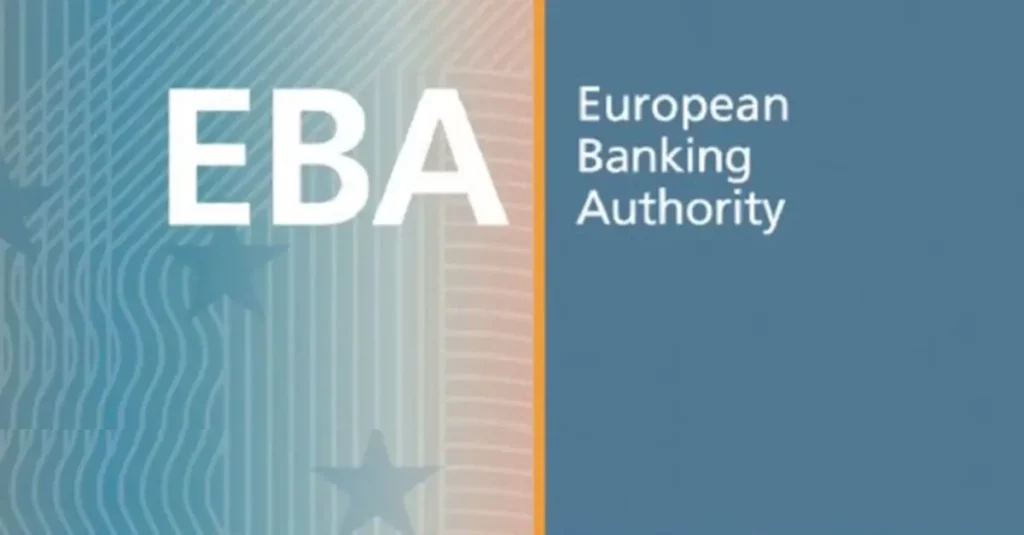In late 2021, the European Banking Authority (EBA) launched a public consultation for its drafted guidelines on the use of remote customer onboarding solutions. The main factor was the COVID-19 pandemic and the increased use of remote onboarding, coupled with the need to create opportunities to produce alternative banking solutions for customers while challenging financial institutions to ensure these remote processes are reliable and safe.
Furthermore, the EBA reiterated the need to meet compliance obligations regarding anti-money laundering and counter-terrorism financing (AML/CFT), as well as the European Union’s data protection frameworks (e.g., GDPR).
Current Remote Banking Trends
The current global pandemic certainly played a central role in the heavy spike in customers using remote banking to achieve their personal needs. Still, this trend has already been ongoing for quite some time. According to Statista, almost 84% of the world’s population has a smartphone, equating to a staggering 6.64 billion people.
From mobile check deposits to transferring funds, banking customers have the power in the palm of their hand to quickly and easily complete an array of actions to assist with their personal and business needs. Also, the emergence of digital-only banks in Europe like Revolut and N26, gives customers the option never to have to step into a physical bank again. A chore some of us are ready to put in the past for good. However, there are also risks of fraudsters taking advantage of these digital banking solutions with convenience.
What are the top bank fraud trends of 2022?
As fintech continues to transform the way we all bank, fraudsters are devising new schemes to exploit the digital banking environment for illicit gain. Fraudsters are already using deep fake technology to gain an advantage by bypassing antiquated verification processes by using synthetic profiles with documents, facial images, and even voice cloning. Once the fraudster has taken over an account, they can engage in opening new accounts or other actions that cause adverse harm to a victim’s financial profile.
If fraudsters cannot access a customer’s account, they can use other methods such as authorised push payments (APP), a type of fraud that has become quite problematic in the United Kingdom. This scheme allows digital thieves to trick victims into willingly making large financial transfers by posing as their bank or another trusted organisation.
How Udentify can help the finance industry meet EBA guidelines on remote customer onboarding
According to OneSpan, 85% of financial institutions experienced fraud in the process of opening accounts. Udentify is attacking this financial fraud head-on through its innovative application allowing a seamless onboarding process that protects customers and provides creative options for banks to continue to enhance the customer experience (CX).
Related Blog Post: Top 10 Fraud Trends
But how does Udentify do it?
Udentify provides a complete solution for any organisation to know and trust who they do business with, revealing their identity. Udentify achieves this using ID+Selfie to determine the identity of your customer in seconds, no fake allow, only the real you, leaving banks to continue providing innovative digital means for their customers to meet their financial needs.
With the real you, banks can:
Deliver frictionless user onboarding
Banks are embracing innovation to make the onboarding process easier for customers; however, this does not come without the risk of fraudsters attempting to exploit these remote processes that do not require an individual to walk into a physical location. Udentify’s AI-powered facial verification and passive liveness detection intelligently match live customers with their valid ID documents (e.g., passport) in mere seconds, creating a frictionless and natural user experience with an improved completion rate for banks and alike.
Password-less Authentication
Password protections are becoming a source of friction for customers; creating unique identifiers based on a company’s security standards can be daunting and frustrating. Who wants to memorise long codes of numbers, letters, and symbols to access their mail or banking information? Enter Udentify; passwordless biometric authentication that utilises facial & voice verification and passive liveness detection. This technology helps banks answer the question “Is this present person the correct person?” in under a second across all their devices.
Banks can now enhance the customer experience while also delivering a high-performance solution for more robust authentication, fraud prevention, and anti-spoofing verification.
KYC & AML Compliance
To improve the customer experience, banks must also comply with regulations. With AML requirements tightening up, it is essential to prove a person is who they say they are at the beginning and throughout the customer relationship. Udentify helps deliver Know your Customer (KYC) and Customer Due Diligence (CDD) identity verification in a couple of easy steps. A customer scans their ID document chip (i.e., via passport) and snaps a selfie using advanced AI facial recognition with liveness detection, providing a seamless onboarding process that keeps banks compliant with regulatory standards.
Wrapping Up
With the EBA drafting guidelines to address the meteoric rise in digital & remote banking, banks and financial institutions must ensure they meet AML & CFT legislation while providing an innovative customer experience the market has come to expect. No doubt, fraudsters are already working to exploit these remote onboarding practices, but banks can fight back by embracing advanced technology such as AI to ensure customers are who they say they are. If you would like to learn more about how Udentify can help your organisation create a seamless digital onboarding process for customers that adds a sophisticated level of protection against fraudsters, check us out at fraud.com.









